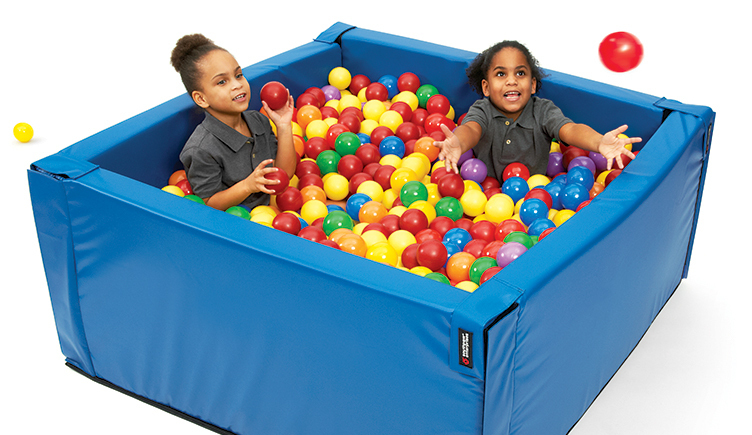When primitive reflexes are not properly integrated, it can negatively impact occupational performance and behavior of children. So many of my clients exhibit difficulty with handwriting—hand-eye coordination—due to an asymmetrical tonic neck reflex (ATNR) that has not been properly integrated. Others exhibit hyperactive and hypersensitive reactions, which can lead to safety concerns as well as a plethora of other basic skills that are impacted as a result of a retained Moro reflex. In addition, it has always been my experience that a retained symmetrical tonic neck reflex (STNR) can result in the presence of sensory overload and social/emotional immaturity, which negatively impacts clients globally and is a sign of a retained STNR.
Therefore, as an Assistant Professor at Brenau University and practicing occupational therapist at the Play 2 Learn Pediatric Clinic in Buford, Georgia, I utilize my training in reflex integration as a dynamic tool to address retained primitive reflexes, such as the ATNR, STNR and Moro reflex, just to name a few. By integrating specific exercises tailored to target these reflexes, we can facilitate the integration process while engaging clients in an enjoyable and challenging activity. Here’s how I incorporate the climbing wall into therapy sessions.
To begin with, I encourage the client to engage in crossing midline movements while climbing. This involves maintaining midline head position while reaching across their body to grab handholds or footholds on the wall, alternating between left and right sides. Challenging the client to coordinate both sides of their body simultaneously helps integrate the ATNRand enhances bilateral coordination, hand-eye coordination and visual tracking. All of these skills are required for handwriting, academic and ADL function.
I also use the climbing wall to design climbing routes that require my kiddos to use both hands and feet simultaneously, incorporating symmetrical movements to address a retained STNR. This promotes synchronized coordination of the upper and lower body, which enhances greater integration of the STNR reflex.
To simulate the startle response associated with the Moro reflex, I integrate start-stop climbing activities into the session. The client navigates the climbing wall, pausing at various points to maintain balance before continuing. This helps the client learn to regulate their movements and responses, promoting greater control and coordination. In addition, this also addresses receptive language and auditory processing of the commands as well as timing, pacing and sequencing.
Additionally, I incorporate vestibular challenges into climbing routes by incorporating different angles, curves, and inclines. By exposing the client to various vestibular stimuli during climbing, such as changes in direction and orientation, I aim to desensitize vestibular responses and improve balance, which may be affected by retained primitive reflexes.
I also like to integrate visual tracking/saccade tasks into climbing activities by placing targets or objects along the climbing route for the client to visually track/locate and reach for. This enhances visual tracking skills, hand-eye coordination, and spatial perception, essential for navigating the climbing wall effectively and integrating primitive reflexes.
Lastly, I will engage my client in climbing activities while they are wearing a weighted vest or carrying weighted objects to provide deep-pressure input. This can have a calming effect on the nervous system, helping to reduce hyperactivity, decrease impulsivity, and improve attention, which may be associated with retained primitive reflexes.
By incorporating these exercises into climbing therapy sessions, I create a stimulating environment that addresses specific motor, sensory and reflex integration goals while providing a fun and rewarding experience for the client.
References:
Case-Smith, J. & O’Brien, J.C. (Eds.) (2020). Occupational therapy for children and adolescents (8th ed.).
Rodriguez-Garcia P. Rodguiez-Pupo L. Rodriguez-Garcia D.(2004) Clinical techniques for use in neurological physical examinations ll. Motor and reflex functions. RevNeurol.2004, Nov 1-15:39(9).848-849.



